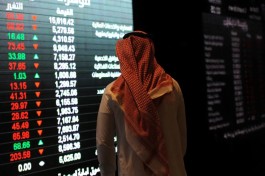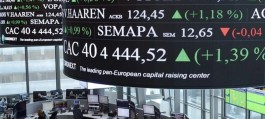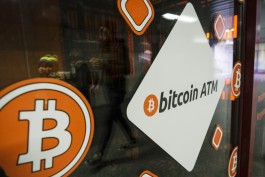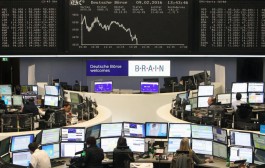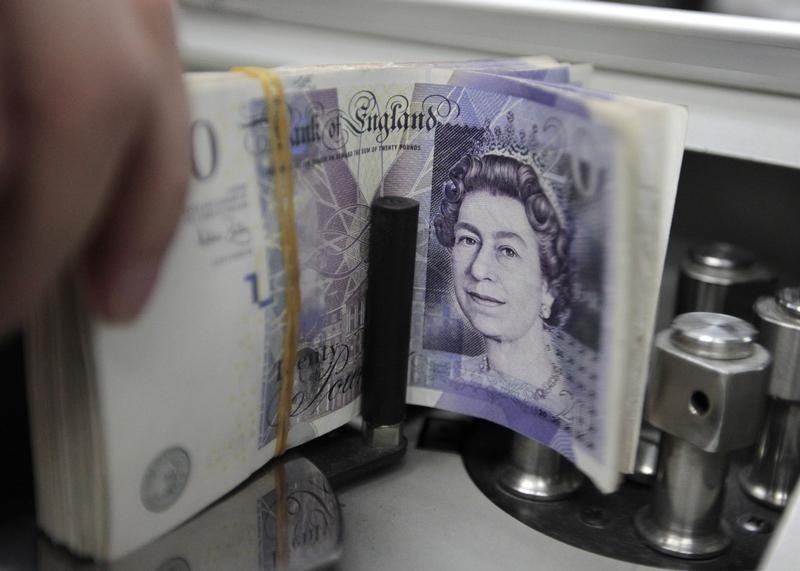The pound touched session lows against the firmer dollar on Wednesday after data showing that construction output in the U.K. rose at the slowest pace in almost three years in April, adding to fears that the economy is losing traction.
GBP/USD was down 0.34% at 1.4483 from around 1.4491 ahead of the data.
The Markit U.K. construction purchasing managers' index fell to 52.0 last month from 54.2 in March.
Economists had expected the index to fall to 54.0.
Commercial building was the strongest performing category in April, while residential construction growth rebounded only slightly from March’s 38-month low and civil engineering activity expanded at the weakest pace so far in 2016, Markit said.
Softer growth forecasts for the UK economy alongside uncertainty ahead of the EU referendum appear to have provided reasons for clients to delay major spending decisions until the fog has lifted, Tim Moore, senior economist at Markit, said.
The report came a day after a similar survey showed that U.K. manufacturing activity contracted for the first time in over three years in April, indicating that the economy lost momentum at the start of the second quarter.
Markit’s survey of the U.K. dominant service sector is due to be released on Thursday.
Sterling was lower against the euro, with EUR/GBP up 0.21% at 0.7927 from 0.7919.
In the euro zone, data on Wednesday showed that business growth remained solid in April.
The final composite PMI for the bloc, which measures both service and manufacturing activity, came in at 53.0, in line with a flash estimate and just below March's 53.1.
Demand for the dollar continued to be underpinned after the greenback reversed losses in the previous session, pulling away from multi-month lows ahead of Friday’s U.S. nonfarm payrolls report for April, which many investors believe offers the clearest view of how the economy is performing.
The U.S. was to release the ADP report on private sector jobs growth and data on service sector activity later Wednesday.
The dollar has come under heavy selling pressure in recent sessions after the Federal Reserve left interest rates unchanged last week and indicated that it would stick to a cautious approach on future interest rate hikes.
Recent U.S. economic reports, including data on Tuesday showing that manufacturing activity dipped in April, reinforced expectations that interest rates will remain on hold for longer.
Higher rates tend to boost the dollar, as they make the greenback more attractive to yield-seeking investors.
The U.S. dollar index, which measures the greenback’s strength against a trade-weighted basket of six major currencies, was at 93.08.
The index had hit a low of 91.89 on Tuesday, the weakest level since January 2015.











